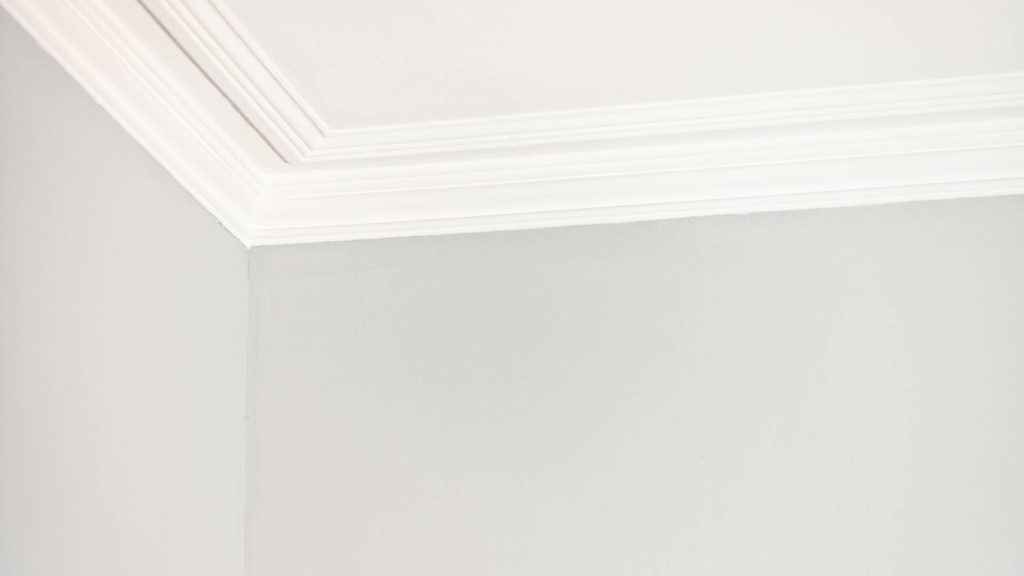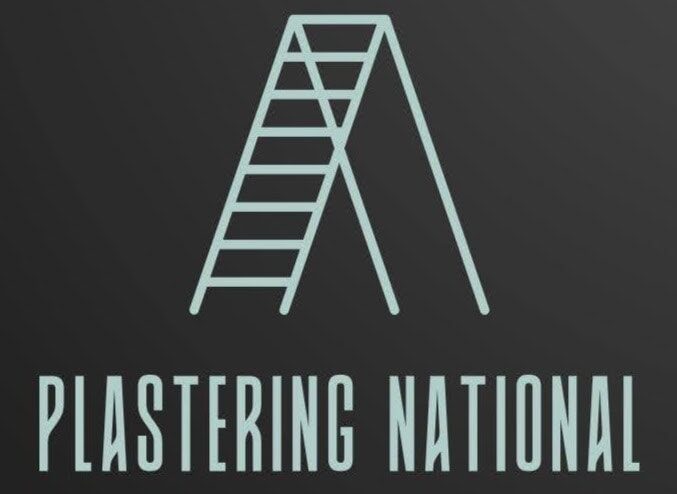Ceiling plastering is often underestimated in construction and renovation, yet it plays a vital role in the aesthetics and functionality of a building’s interior.
It goes beyond simply creating a polished surface—it adds durability, insulation, and protection while enhancing a space’s overall appeal.
This article will explore why ceiling plastering is essential, emphasising its importance in aesthetics, durability, moisture resistance, sound insulation, and more.
Let’s get straight to the point.
Ceiling plastering is important in construction and renovation for both aesthetics and functionality.
It enhances a room’s appearance, provides a smooth surface for decoration, and offers custom design options.
Beyond looks, plastering protects ceilings from damage, extends their lifespan, improves energy efficiency by adding insulation, and reduces noise pollution.
It is fire-resistant and provides moisture and mould resistance, especially in humid areas.
Additionally, well-executed plastering boosts property value, maintains historical integrity, and reduces long-term maintenance needs, making it a key element in creating durable and appealing interiors.
Importance Of Ceiling Plastering

1. Aesthetic Benefits Of Ceiling Plastering
One of the most apparent benefits of ceiling plastering is the aesthetic improvement it brings to a room. Plastering transforms ordinary ceilings into elegant, polished surfaces that can significantly enhance the interior’s ambience.
Smooth And Polished Finish
- Enhances Room Appearance: Plastering creates a smooth surface that evenly reflects light, brightening the room and creating a welcoming atmosphere.
- Foundational for Paint and Decor: A properly plastered ceiling is the perfect foundation for paint or decorative finishes, allowing for seamless application and a more sophisticated look.
- Custom Design Options: Plastering allows for the addition of custom architectural features like crown moulding and ornamental designs, making ceilings more than just functional—they become a key design element.
Achieving A Flawless Finish
Achieving a high-quality plaster finish requires careful preparation and skilled application. Here’s what is involved:
- Surface Preparation: The ceiling must be cleaned, dried, and free of imperfections to ensure proper plaster adhesion.
- Quality Materials: It is important to select the right plaster and tools. High-quality materials result in a smoother, more even finish.
- Skilled Application: Proper technique, such as using tools like trowels and hawks with consistent strokes, ensures a professional-looking finish.
- Drying and Sanding: Once applied, the plaster must dry and be gently sanded to eliminate minor imperfections and ensure an even, flawless surface.
2. Durability And Protection
Beyond aesthetics, ceiling plastering also protects the integrity of a building’s interior. This protection helps increase the lifespan of the materials used in construction, reducing the need for frequent maintenance and repairs.
Plaster As A Protective Layer
- Shield Against Damage: Plaster acts as a protective barrier for ceilings, safeguarding them from moisture, impacts, and temperature changes. This protective layer helps maintain a building’s structural integrity.
- Longevity: Plastering significantly extends the life of the ceiling by preserving the underlying materials, ensuring durability over the long term.
Modern Plastering Materials For Enhanced Durability
Advancements in plastering materials have created even stronger, more resilient finishes. Today, traditional materials like gypsum, lime, and cement are combined with modern additives that improve the plaster’s durability.
- Moisture and Impact Resistance: Hydrated lime and fine-grained aggregates make modern plaster more resistant to moisture and physical impacts, reducing wear and tear over time.
- Advanced Compounds: Incorporating advanced compounds into plaster mixes helps enhance its resistance to cracking and general deterioration, resulting in a longer-lasting finish.
3. Energy Efficiency Benefits
Plastering also contributes to a building’s energy efficiency, offering a simple yet effective way to reduce energy consumption and create a more sustainable living environment.
Thermal Insulation
- Regulates Indoor Temperature: Plastering provides an additional layer of insulation, helping to keep interiors warmer in winter and cooler in summer.
- Energy Savings: Plastered ceilings maintain a stable indoor climate, reducing the need for excessive heating and cooling and leading to lower energy bills.
- Environmentally Friendly: Reducing energy usage cuts costs and minimises the building’s carbon footprint, making plastering a sustainable choice in modern construction.
4. Acoustic Insulation For Noise Reduction
Noise pollution is a common issue in today’s busy environments. Ceiling plastering can help mitigate this by incorporating materials that offer excellent sound insulation properties.
How Acoustic Plaster Works
- Sound Absorption: Acoustical plaster contains sound-absorbing fibres that prevent sound waves from bouncing off walls and ceilings. This reduces echoes and creates a quieter, more comfortable environment.
Benefits Of Acoustic Plaster
- Improved Sound Quality: Acoustic plaster enhances the clarity of conversations by reducing background noise, making it ideal for living rooms, offices, and commercial spaces.
- Reduction of Noise Pollution: Acoustic plaster helps create quieter spaces by minimising reverberation, which is especially important in busy environments.
- Health Benefits: Lowering noise levels can positively affect health, as prolonged exposure to loud sounds can lead to hearing damage and increased stress.
- Versatile Application: Modern acoustic plaster can be applied directly to ceilings without requiring additional framing. It is a cost-effective and flexible solution for improving sound insulation in residential and commercial settings.
5. Moisture And Mould Resistance
One of the most critical functions of ceiling plastering is its ability to protect against moisture and mould. In high-humidity areas such as kitchens and bathrooms, this is essential for maintaining the structural integrity of the building.
Plaster As A Moisture Barrier
- Prevents Moisture Intrusion: Plaster acts as a barrier that prevents water from seeping into ceilings and walls, which can lead to mould growth and structural damage.
- Essential in Humid Areas: Moisture-resistant plaster is vital for keeping buildings in good condition, especially bathrooms and kitchens, where moisture exposure is common.
Modern Waterproofing Techniques
- Waterproofing Chemicals: Many modern plastering materials incorporate waterproofing chemicals that penetrate deep into the plaster, creating a water-resistant seal. This helps prevent moisture damage and mould growth, extending the life of the ceiling.
- Long-Term Protection: These chemicals protect against immediate moisture intrusion and offer long-term resistance to mould, ensuring that the building remains safe and structurally sound for years.
6. Long-Term Benefits Of Ceiling Plastering

Investing in high-quality ceiling plastering provides many long-term benefits beyond immediate aesthetics.
It can improve property value, maintain historical integrity, and reduce the need for ongoing maintenance.
Boosting Property Value
- Increases Market Appeal: Well-executed plastering adds elegance and sophistication to a property, making it more attractive to potential buyers. Custom features like decorative finishes can also increase the home’s market value.
- Customisation Options: Plaster allows for the integration of unique architectural details that enhance the interior’s design and give the property a premium feel.
Preserving Historical Integrity
In older, heritage-listed properties, plastering is essential for maintaining the historical authenticity of the building.
- Traditional Techniques: Traditional plastering materials and methods help preserve the character of historic buildings while still providing modern protection and durability.
- Longevity: Plaster is known for its long-lasting nature, making it an excellent choice for heritage properties where maintaining the original aesthetic is key.
Reduced Maintenance Needs
Plastered ceilings are more durable than alternative finishes like drywall, making them less damage-resistant.
- Crack and Dent Resistance: Once dried, plaster forms a hard surface that is resistant to cracks, dents, and wear. This durability reduces the need for frequent repairs and touch-ups.
- Fire Resistance: Plaster is naturally fire-resistant, offering extra safety and protection for the building.
Conclusion
Ceiling plastering is a fundamental aspect of modern construction that goes far beyond aesthetic appeal.
It enhances durability, provides sound and moisture insulation, improves energy efficiency, and adds long-lasting value to any property.
By investing in high-quality plastering materials and techniques, builders and homeowners can enjoy the benefits of this essential process’s immediate and long-term effects.
Whether renovating an existing space or working on new construction, ceiling plastering is critical to creating comfortable, attractive, and durable interiors.
Frequently Asked Questions
Why Is Plastering Important For Ceilings?
Plastering is crucial for ceilings as it provides a smooth, durable surface that enhances a room’s overall aesthetic appeal. It also plays a significant role in protecting the ceiling’s structural integrity by offering a layer of fire resistance, sound insulation, and thermal efficiency. Plastering can hide imperfections, wiring, and pipework, resulting in a cleaner and more uniform appearance.
Can Plastering Improve The Energy Efficiency Of My Home?
Yes, plastering can significantly improve your home’s energy efficiency. The plaster on the ceilings acts as an additional insulation layer, helping maintain consistent indoor temperatures by reducing heat loss in winter and heat gain in summer. This can lead to lower energy bills and a more comfortable living environment.
Does Plastering A Ceiling Require Professional Expertise?
While some DIY enthusiasts may attempt plastering, professional expertise is highly recommended for ceiling plastering. This is due to the technical skills required to achieve a smooth, even finish and the challenges of working overhead, which can be physically demanding and require specific tools and safety measures. A professional plasterer can ensure the job is done efficiently, safely, and to a high standard.
How Does Ceiling Plastering Contribute To Fire Safety?
Ceiling plastering contributes to fire safety by providing a barrier that can slow fire spread between floors. Plaster is a non-combustible material, and when applied to ceilings, it can help contain fires for a longer period, giving occupants more time to evacuate and reducing the risk of structural damage.
How Long Does A Plaster Ceiling Last, And Does It Require Maintenance?
A well-plastered ceiling can last for decades with minimal maintenance, making it a durable choice for homes and commercial spaces. However, it’s important to periodically check for any signs of damage, such as cracks or damp spots, especially after extreme weather events or in older buildings. Minor repairs and repainting every few years help maintain the plaster’s appearance and integrity, ensuring it continues to provide its benefits over time.

